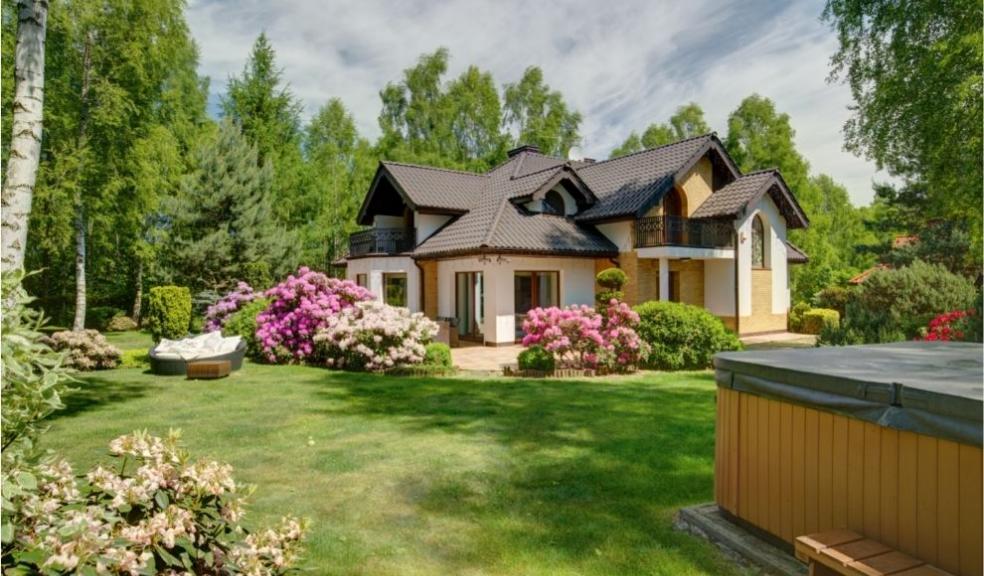
Are the Lib Dems taking over as the party of choice for UK’s wealthy homeowners?
Research from national UK estate agent, Keller Williams UK, has found that of all the English regions that took part in the recent local elections, those under the control of the Liberal Democrat Party are also the areas where average house prices are highest, while Tory-led regions have seen a stunning -1.7% drop in house prices since the 2019 general election.
Keller Williams UK has examined house prices in all of the 124 districts, unitary and borough councils of England that took part in recent local elections. The results show that the average house price in areas that, following the recent election, are Lib Dem ruled is £430,141, marking a 13.2% rise since 2019’s general election.
Labour-held areas have the lowest average house price at just £193,487, but this still marks an average rise of 8.3% since 2019.
It’s in areas held by the Conservative Party where the most surprising statistics are found. The average house price sits in between that of Labour and Lib Dem held regions at £283,512, but this marks a -1.7% drop since the 2019 general election. In this same period of time, the average house price for the whole of England has gone up by 9.5%.
Given that the Tories have long prided themselves as being the homeowner’s party, many voters will likely be confused and disappointed to see the value of Tory-held areas declining in such a manner.
During the recent local elections, 25 of the 124 partaking districts changed political hands with control moving away from one party and into the hands of another.
Those areas in which the Lib Dems took over have an average house price of £554,595 while areas in which the Tories have recently gained control have an average price of £240,542. The Labour Party did not turn any new seats red during the election.
This suggests that the nation’s wealthiest homeowners are feeling increasingly aligned with the Liberal Democrat message and starting to push back against the muscle memory which has, for years, seen them stand in the polling station and draw a cross in the Conservative box.
CEO of Keller Williams UK, Ben Taylor, commented:
“This data is quite remarkable simply because it rubs against the broad preconception that the Conservative Party are the party of choice for the rich and wealthy. We already knew that the 2019 general election saw them steal some unexpected regions from Labour, such as the felling of the so-called Red Wall, but it was still assumed that the nation’s most wealthy areas were Tory strongholds.
We’d never seek to engage in political commentary as such, but it seems the Lib Dems have become the wealthy homeowner’s party of choice which I would say gives an illuminating insight into the current political landscape. For Boris and many old-school Conservatives, the traditional demographic that they have always tried to appeal to is changing, which means the way they present themselves and the values they fight for might also have to change?
The same applies to the Lib Dems who suddenly find themselves with the backing of some of England’s most wealthy constituents.
The drop in value we’ve seen in Tory strongholds is something that buyers need to take note of. While national prices are rising and the wider market is booming like never before, these Tory-controlled areas are actually declining in value. An interesting consideration when thinking about where to buy now.”
|
Political party |
Average house price during previous election (2019) |
Average house price across 2021 election councils |
Change £ |
Change % |
|
Liberal Democrats |
£379,999 |
£430,141 |
£50,142 |
13.2% |
|
Labour |
£178,678 |
£193,487 |
£14,809 |
8.3% |
|
NOC (No Overall Control) |
£253,019 |
£266,304 |
£13,285 |
5.3% |
|
Conservative |
£288,555 |
£283,512 |
-£5,043 |
-1.7% |
|
England |
£244,928 |
£268,291 |
£23,363 |
9.5% |
|
Political party |
Average house price of councils changing hands |
|
Liberal Democrats |
£554,595 |
|
Conservative |
£240,542 |
|
NOC (No Overall Control) |
£226,271 |
|
Labour |
x |









